Teratophoneus
Name Origin
Derived from Greek for "Monstrous Murderer"
Family
Tyrannosauridae
Classification
Diapsida, Saurischia, Theropoda
Habitat (Discovery Location)
United States
Period
Approximately 76.1 to 74 million years ago (Late Cretaceous)
Length
Approximately 6 meters
Weight
Approximately 667 kg
Diet
Carnivore (Meat-eater)
 Jurassic
Jurassic
Park / World Featured Dinosaur
Appearance in Jurassic World: Fallen Kingdom
Currently, Jurassic World: Fallen Kingdom is the only on-screen appearance of this species, but its role was extremely specific and limited.
Its only appearance "in the flesh" (or more accurately, as a corpse) occurs in a scene on Isla Nublar, where its rotting carcass is seen lying beside the old radio tower. Its head is not even visible on screen.
Aside from this, its only other appearance is a fleeting glimpse of a skeletal specimen displayed inside the Lockwood Estate.
Its screen time is so brief that it is practically impossible for the general audience to notice it without stumbling upon a wiki or expert commentary.
Notably, Teratophoneus is a species that was not listed on the official roster of dinosaurs inhabiting Isla Nublar. Along with Peloroplites, which shares the exact same fate (appearing only as a carcass), it stands out as a particularly mysterious and unique existence among the dinosaurs in the series.
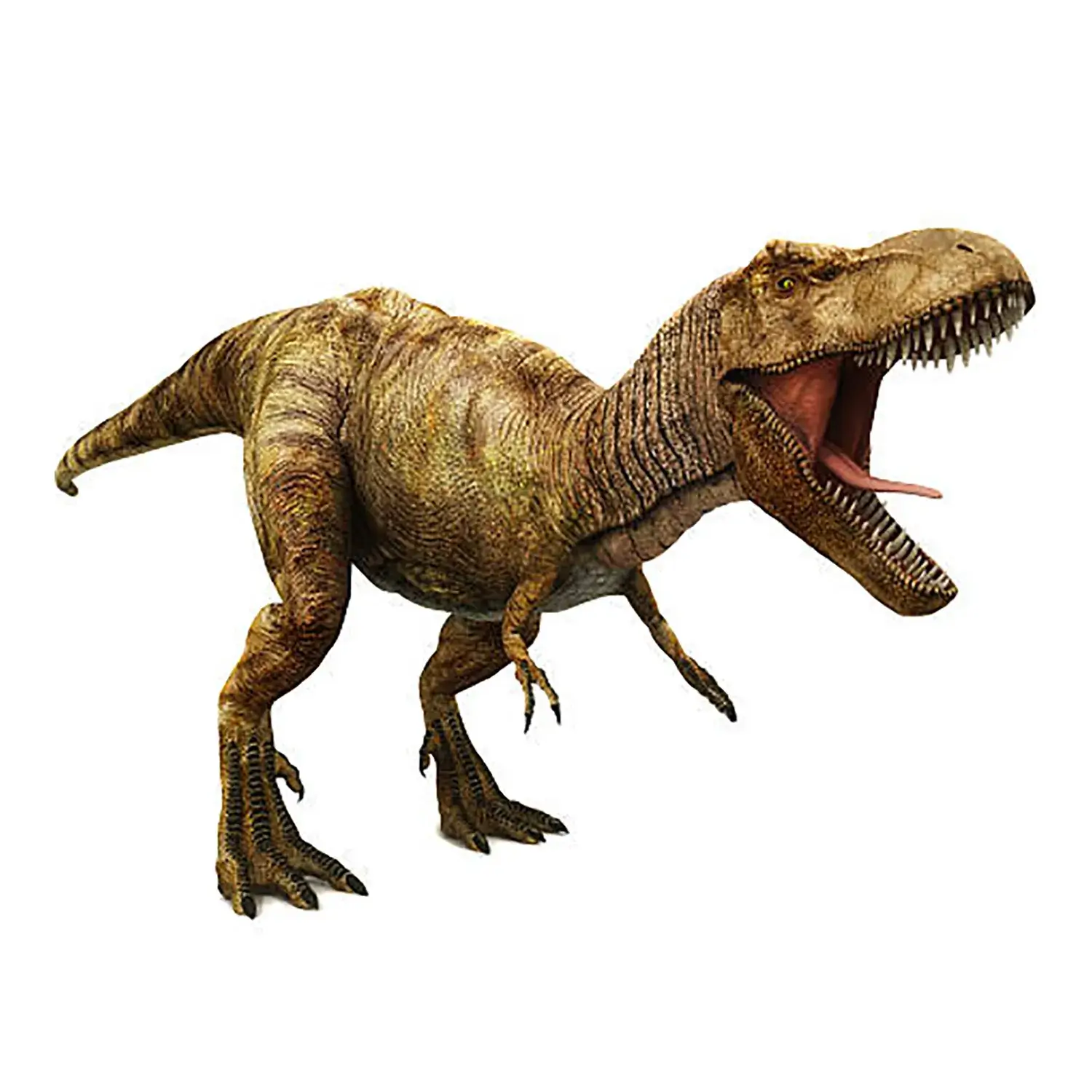
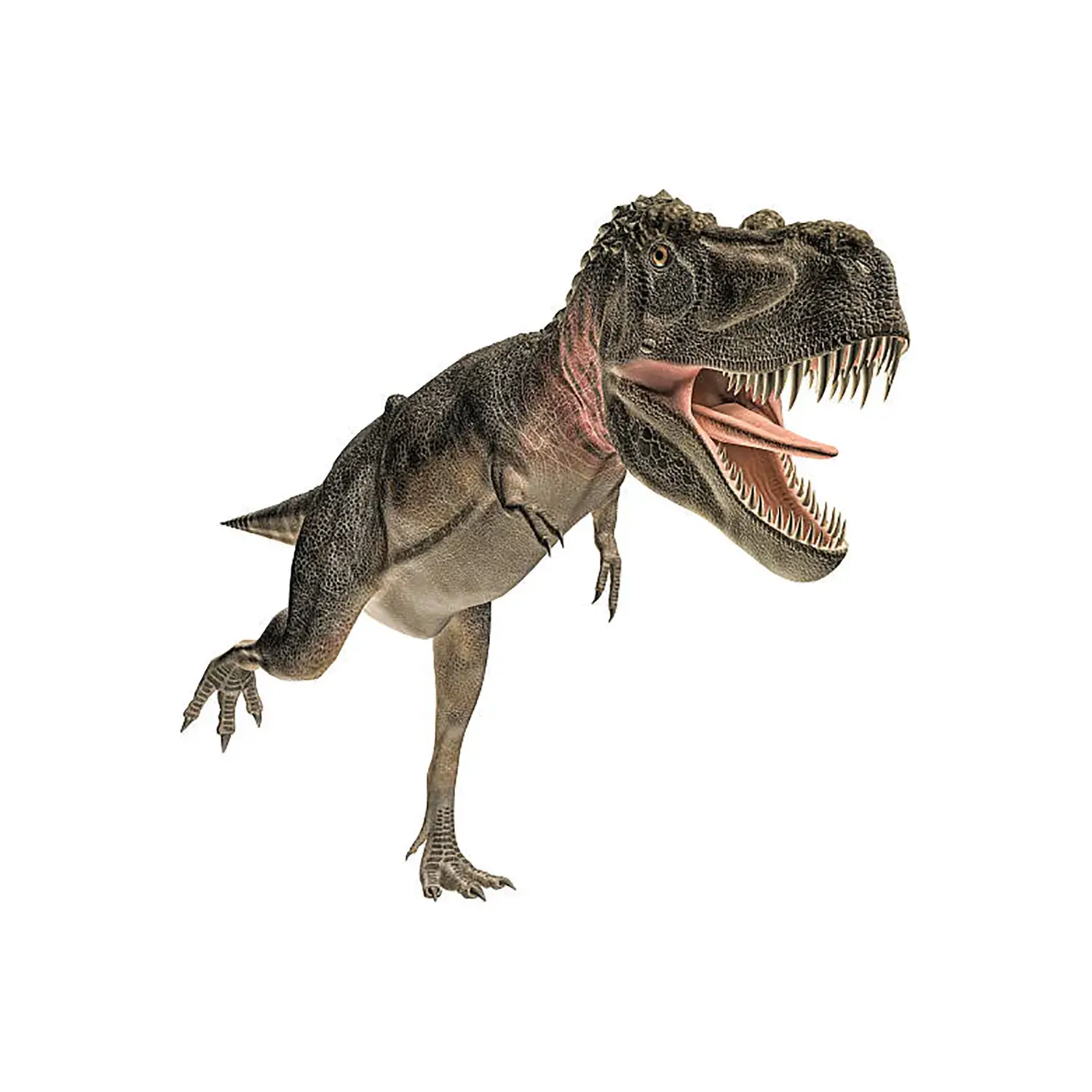
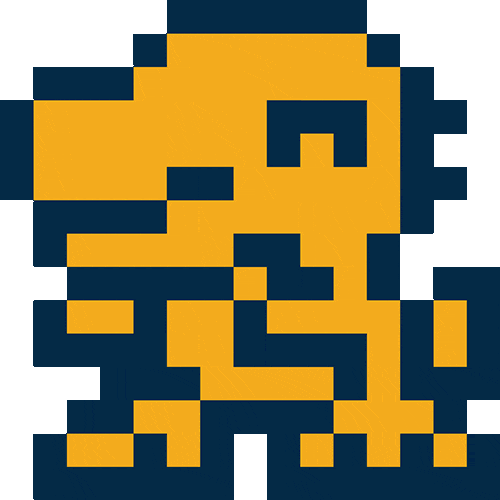

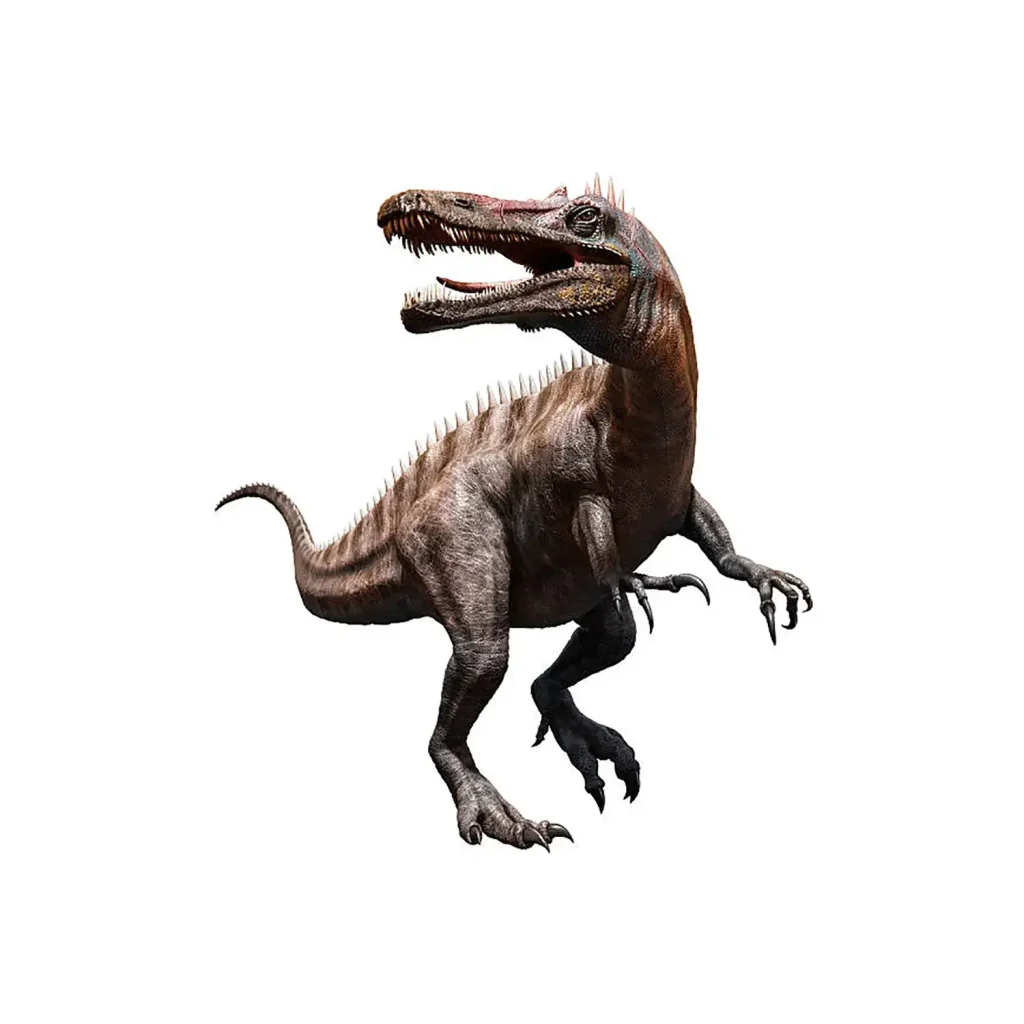

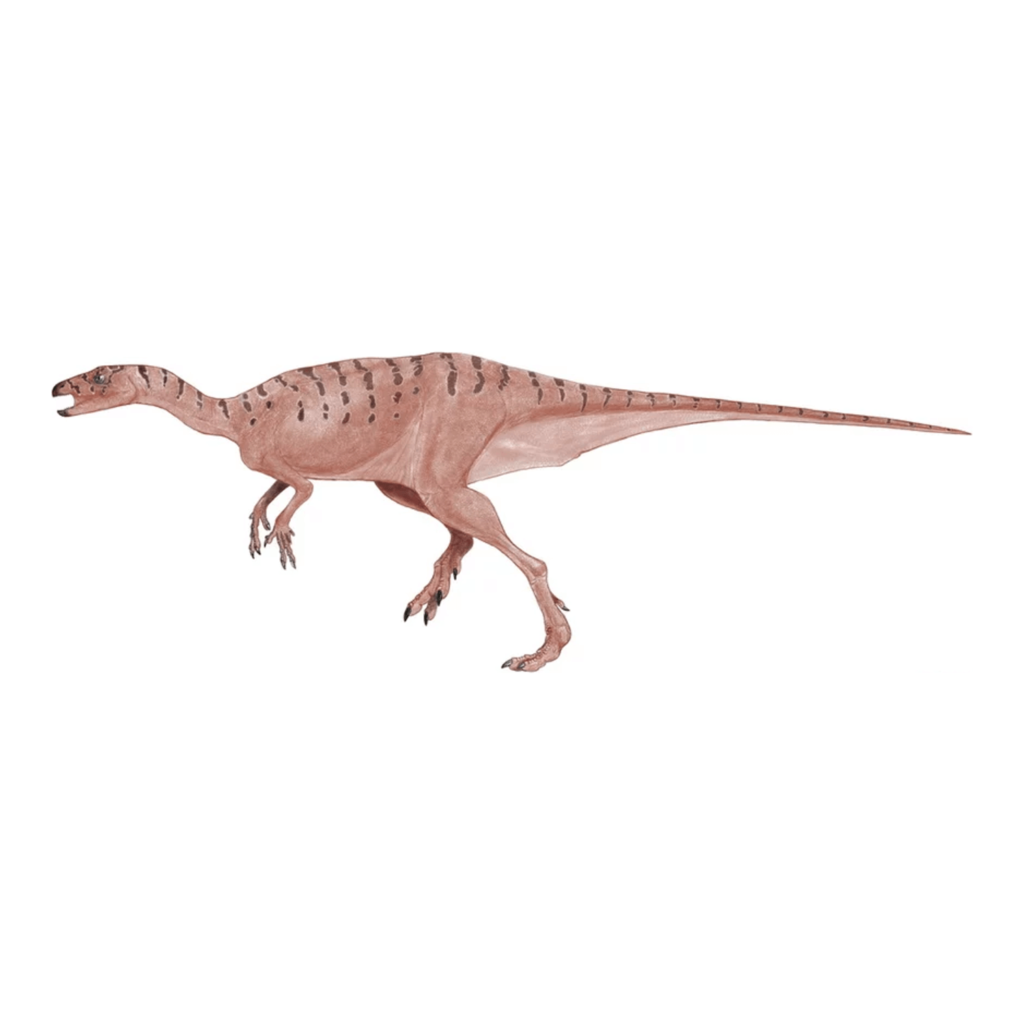
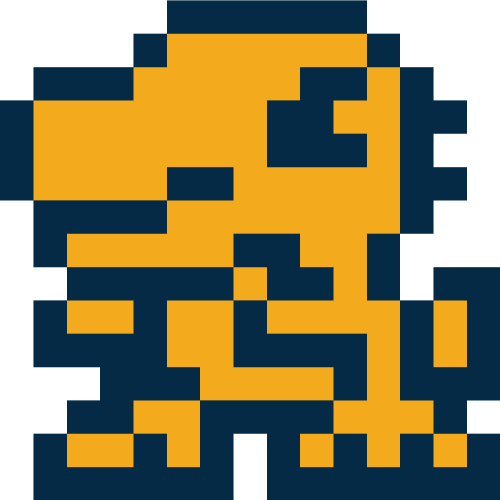
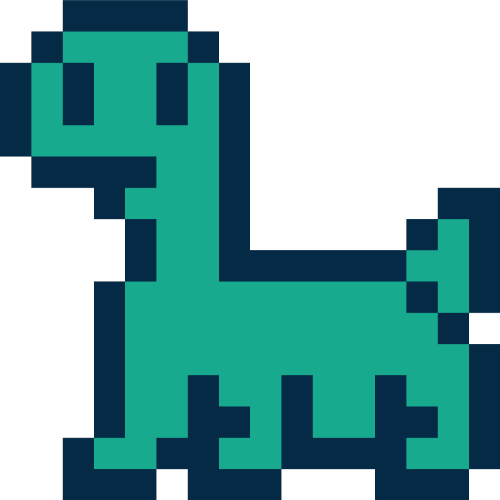
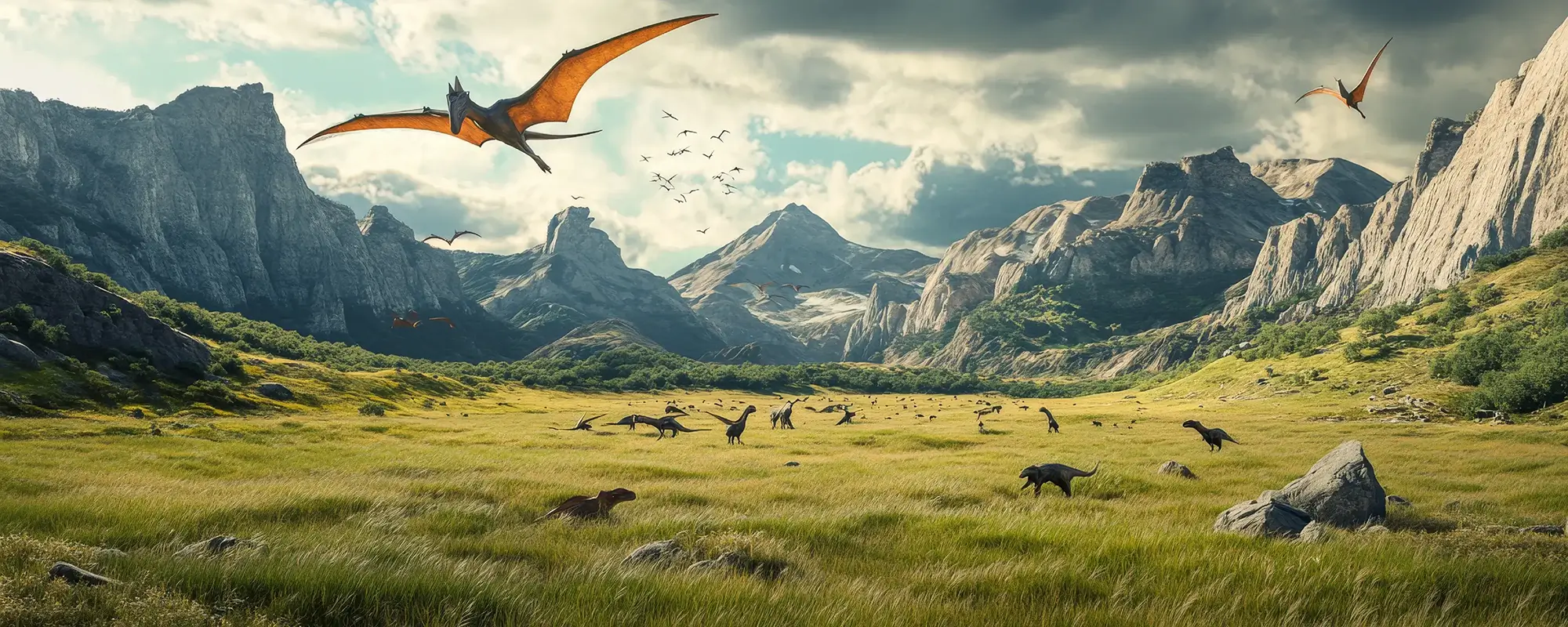



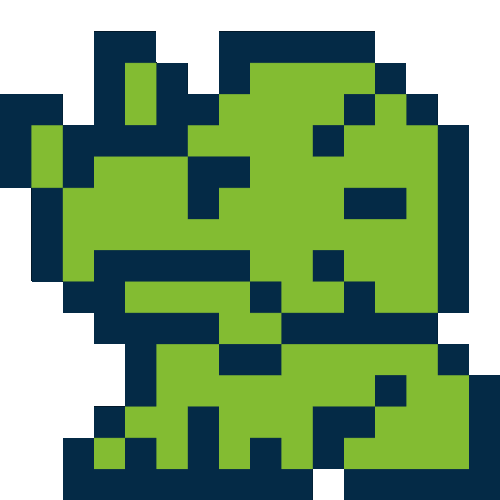
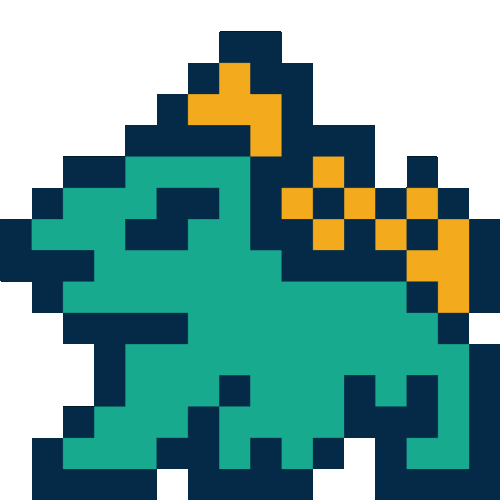


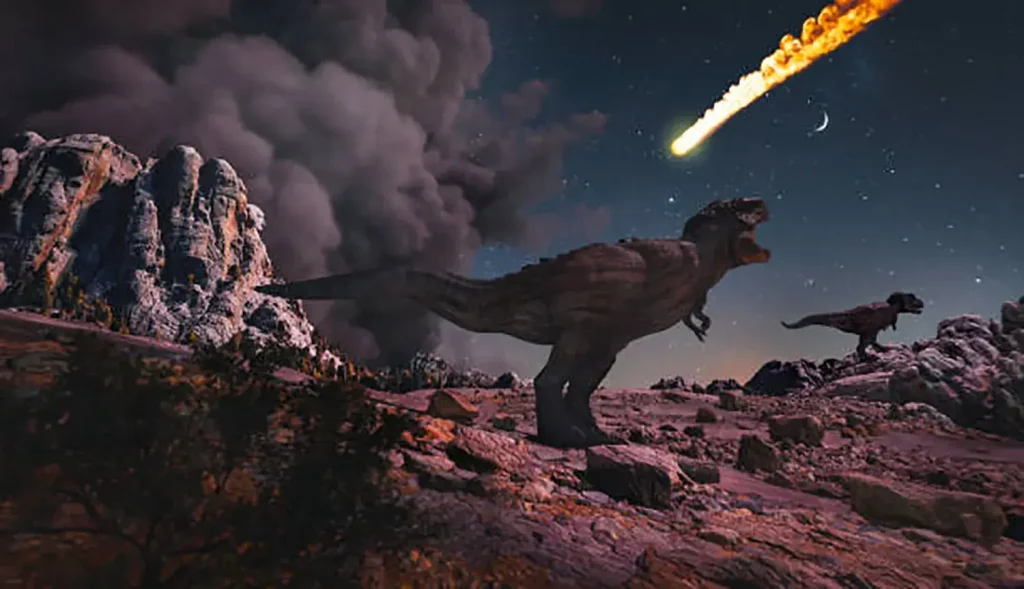
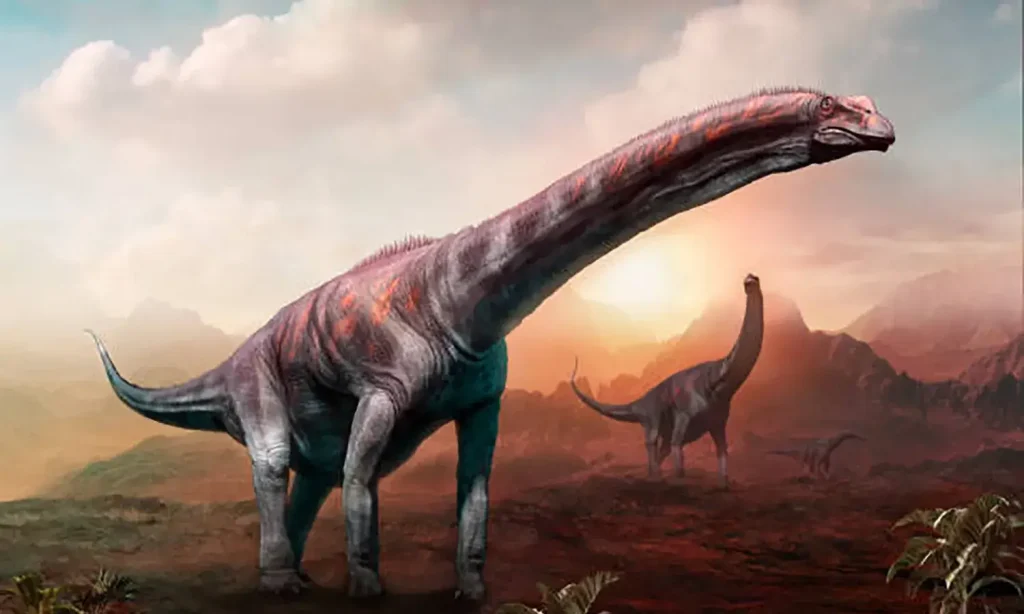
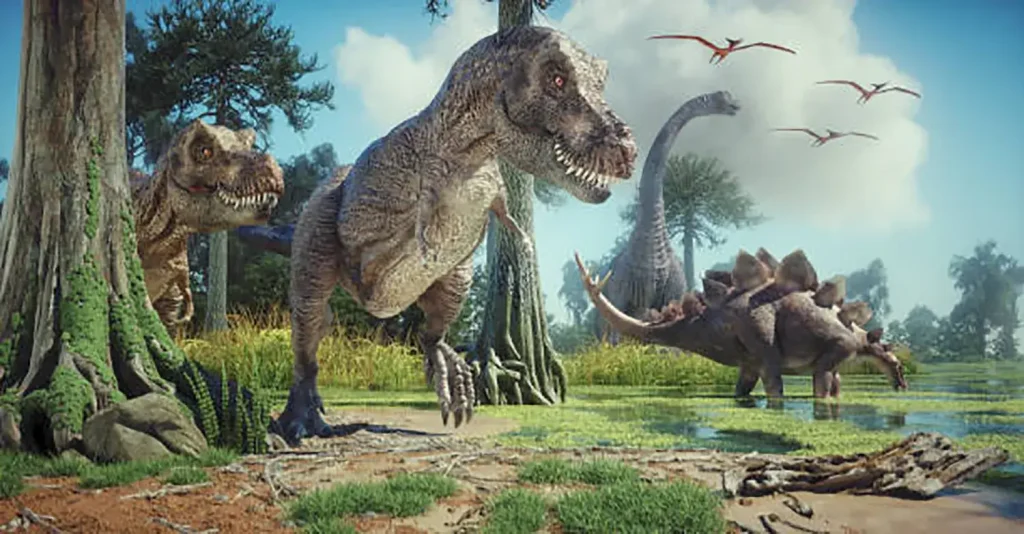
Description
Teratophoneus was a tyrannosaurid theropod that reigned in the region that is now Utah, North America, during the Late Cretaceous period.
Named relatively recently in 2011, this dinosaur possesses many intriguing characteristics, including the shocking meaning of its scientific name, its complex evolutionary lineage, and its standing as a “monster” in the ecosystem of its time.
“Monstrous Murderer”: The Origin and Meaning of Its Name
The scientific name Teratophoneus carries a very intense meaning.
Its formal scientific name is Teratophoneus curriei.
Teratophoneus is derived from Greek, meaning “monstrous murderer,” and the specific name curriei honors the renowned Canadian paleontologist Philip Currie.
In short, the full name translates to “Currie’s monstrous murderer.”
This imposing name wasn’t chosen just for impact.
During the time Teratophoneus lived, the Kaiparowits Formation in Utah was home to a wide variety of ceratopsians (herbivorous dinosaurs) such as Kosmoceratops, Utahceratops, and Nasutoceratops.
The name was bestowed based on the speculation that, for these herbivores, Teratophoneus would have been a terrifying, “monster”-like predator.
Physical Characteristics and Size: Differences Between Sub-adults and Adults
The fossils of Teratophoneus discovered to date are limited to partial remains, such as parts of the skull, forelimbs, and vertebrae.
You may have seen reconstructed skeletons displayed at dinosaur exhibitions in Japan, but those are based on sub-adult (immature) specimens, measuring about 6 meters in length.
However, it is estimated that a fully mature adult would have reached a length of about 7 to 9 meters.
In terms of general characteristics, it is known to have shared traits similar to other tyrannosaurids like Albertosaurus and Daspletosaurus.
Its robust head, powerful jaws, and the distinct body structure of tyrannosaurs clearly tell the story of a hunter positioned at the top of the ecosystem of its time.
While many details remain unknown due to the lack of a complete skeleton, even the partial fossils discovered suggest that the “blood of a king,” leading to the later Tyrannosaurus, flowed strongly within it.
A Fluctuating Evolutionary Lineage: What is its Relationship with Tyrannosaurus?
Regarding where Teratophoneus fits in the evolution of the Tyrannosauridae family, various theories have emerged with the progress of research, and debate continues among paleontologists.
Early Theories
Initially, because it shared characteristics with Albertosaurus and Daspletosaurus, it was thought to be a species that evolved as a derivative of Daspletosaurus.
2013 Analysis
It was considered a close relative positioned even closer to Tyrannosaurus than Daspletosaurus.
2016 Analysis
The evaluation took a turn, suggesting it was more distantly related to Tyrannosaurus than Daspletosaurus, and instead was part of a lineage closer to Nanuqsaurus discovered in Alaska.
However, recently, a theory has resurfaced suggesting that, along with Bistahieversor discovered in New Mexico, it is indeed a very close relative of Tyrannosaurus.
Thus, while Teratophoneus is an important piece in the evolutionary history of the Tyrannosauridae, its exact position remains mysterious.
It is hoped that future research and new fossil discoveries will clarify its lineage.
As the Ruler of Ancient Utah
Late Cretaceous Utah, where Teratophoneus lived, was a lush land roamed by ceratopsians with unique ornamentation, such as Kosmoceratops and Utahceratops.
To them, Teratophoneus would have literally appeared as a “monster.”
Although the discovered fossils are fragmentary, the reconstructed appearance is full of the strength characteristic of the Tyrannosauridae and the dignity of a predator that underwent regionally specific evolution.
This dinosaur, bearing the shocking name “Monstrous Murderer,” was a vital predator that reigned at the top of the ecosystem in a time slightly before (or in a different region from where) Tyrannosaurus became the ruler of the North American continent.